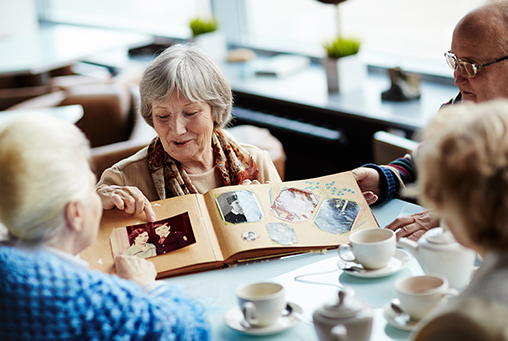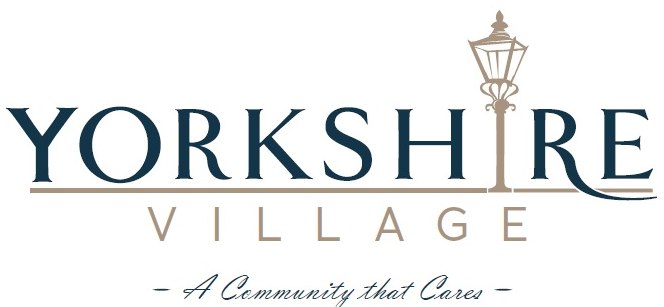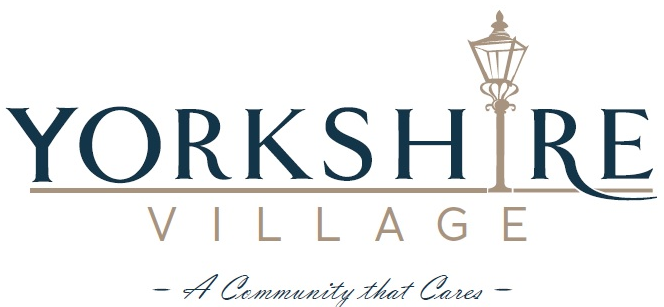Memory Care: How Often Should You Visit Someone with Dementia?
by Yorkshire VillageDealing a family member suffering from Alzheimer’s or another forms of dementia can be overwhelming for partners and family members. With over 50 million people worldwide suffering from these diseases, an increasing number of families are facing a particularly tough challenge: moving a loved one into an assisted living facility.
Specifically, the appropriate choice is “memory care”, a specialized community designed to provide a safe and nurturing environment for those with a significant deterioration in memory, cognitive abilities, and the capacity to perform the everyday tasks needed to live independently.
One of the most frequently asked questions by families confronting this new reality: how often is it appropriate or necessary to spend time with the parent, sibling, or other relative suffering from dementia? Here is are some useful visiting suggestions which will help make this important transition as stress-free as possible.

Settling In To Assisted Living
During the first 2 to 3 weeks of the family member moving into an assisted-living residence, it’s recommended that you and other familiar faces visit as often as you can and stay as long as you want. In fact, daily visits are fine in this stage of adjustment and can prove beneficial in helping the new resident settle into a comfortable routine. Some tips that can make this settling-in period as pleasant and stress-free as possible include:
- Introduce yourself to the facility staff. They can help you and your loved one in making the transition and give you insight into how the new resident is settling into their new home
- Greet your loved one clearly and the same way every visit. “Hi Dad, its’ me Dan” is always better than “Hi there, how are you today?”
- Make the new residence a familiar place with pictures of family and friends, favorite foods (if allowed in the facility), and even seasonal artwork or decorations
- Play favorite and familiar card or board games the resident might know or watch a favorite TV show together
- Have a consistent “story” ready that you use to explain the need for the resident’s move. This is a tough one for many people since it involves some degree of “managing the truth.” Telling a loved one that “you are here while work is being done on the house” will be less troublesome or disruptive than trying to explain the cognitive limitations associated with dementia
- If you are not sure about telling a story to explain the move, simply divert the resident’s attention when the question arises. Talk about the weather, their favorite sports team, or about the dinner menu to take their mind off the subject and help them refocus on less upsetting topics.
Once settled
Over time your loved one will become increasingly accustomed to their new routine and environment. At this stage you can begin to wean off the settling-in visiting schedule. Start by visiting every other day, for instance, and then every third or fourth day as your own routine allows. When possible, try to visit during free time rather than activity time, and don’t be surprised if your loved one becomes very protective of activity time, which hopefully has become an important part of their new routine. A few other tips:
- Shorten your visits. The truth is that a person with dementia may not know if you visited for 15 minutes or two hours, so the length of the visit is not as important as the fact that you visited
- Always come with some things in mind to talk about. Remember that people suffering from dementia will rarely have a lot of information to share with you, so you will be keeping the conservation moving during most of your visit
- Bring favorite treats to share as well as photo albums or smart phone pictures to talk about. Even if the memories around these items are lost or incomplete, the feeling of being connected to other people and a rich past can be pleasant and reassuring
- If possible, plan a walk around the facility, common areas, or garden. More ambitious outings can be confusing for the resident but exploring the facility together is usually a safe bet.
Keep in mind that visiting a loved one is about caring and connection. Relax as best you can, trust your instincts, and know always that your resident is receiving the best care available.

